Caring for DTF Transfers: A Complete Guide to Preserving Print Quality
Direct to Film (DTF) technology is revolutionizing textile design with precise printing of intricate…….
Welcome to an in-depth exploration of the innovative process known as washing clothes with Direct-to-Fabric (DTF) transfers. This cutting-edge method has revolutionised the textile industry, offering a unique and efficient way to apply designs and patterns directly onto various fabrics. In this article, we will navigate through the intricacies of DTF transfers, uncovering its history, global impact, technological advancements, and the many practical applications that have made it an indispensable tool for designers, manufacturers, and consumers alike. Get ready to discover how this process not only enhances the look of clothing but also contributes to a more sustainable and diverse fashion industry.
Direct-to-Fabric (DTF) transfer, or simply DTF, is a digital printing technique used to apply graphic designs directly onto fabrics. Unlike traditional screen printing or heat transfers, DTF involves printing the design using specialized ink on a fabric surface without the need for intermediary materials like screens or paper. The process enables high-quality, full-color prints with exceptional detail and vibrancy.
The DTF transfer process comprises several key steps:
Design Creation: Designers create digital artwork or graphics using specialized software, ensuring the design meets the required resolution and color specifications.
Ink Preparation: DTF inks are carefully formulated to adhere specifically to various fabric types. These inks are typically based on either water or solvent technology, offering different advantages in terms of drying time, durability, and environmental impact.
Printing: The digital print head precisely deposits the ink onto the fabric, layer by layer, building up the desired design. This process is highly automated and can be tailored to accommodate a wide range of fabric materials and colors.
Curing: After printing, the ink needs to cure or dry. Water-based inks usually dry quickly with minimal heat, while solvent inks may require more controlled heating to ensure optimal adhesion and durability.
Washing and Care: Once the ink is cured, the fabric can be washed normally, ensuring the design remains intact. Proper washing instructions must be followed to maintain the quality of the transfer.
The concept of DTF transfer printing has evolved over several decades, building upon advancements in digital printing technology. Early attempts at direct-to-fabric printing faced challenges with ink adhesion and color accuracy. However, significant breakthroughs in ink formulation and print head technology have led to the sophisticated DTF systems we see today. This evolution has been driven by the growing demand for custom, on-demand printing solutions in various industries, including fashion, home textiles, and promotional products.
DTF transfers have made a significant global impact, particularly in regions with thriving textile and apparel industries. Countries like the United States, China, India, and several European nations have embraced this technology, driving innovation and enhancing their competitive edge in the market. The ability to print directly onto fabrics has enabled local manufacturers to create custom designs on demand, catering to diverse consumer preferences.
Asia Pacific: This region, especially China and Japan, is a hub for DTF transfer technology. Chinese manufacturers have pioneered innovative printing techniques, while Japanese brands are known for their high-quality fabric choices and precise design applications.
North America: The US market has seen a surge in the adoption of DTF transfers, particularly among small and medium-sized businesses looking to offer custom apparel and home decor items. This trend has been fueled by e-commerce platforms that facilitate direct-to-consumer sales.
Europe: European countries, with their rich textile heritage, have embraced DTF technology to revive traditional printing methods while incorporating modern design elements. The region’s focus on sustainability also drives the development of eco-friendly DTF inks.
The global DTF transfer market has experienced steady growth, driven by the increasing demand for custom and personalized products in various sectors. According to a 2023 report by Market Research Future (MRFR), this market is projected to reach USD 18.5 billion by 2027, growing at a CAGR of 9.2%. The rise of e-commerce and the desire for unique, on-trend designs have significantly contributed to this growth.
The DTF industry attracts investments from both established textile manufacturers and startup ventures focused on innovative printing solutions. These investments are directed towards research and development, advanced printing equipment, and software that enhances design capabilities. The market’s growth potential has attracted venture capitalists looking to support disruptive technologies in the fashion and textiles sector.
Job Creation: DTF transfer technology has led to the creation of specialized jobs, including graphic designers, print technicians, and quality control specialists. These roles contribute to a skilled workforce within the textile industry.
Enhanced Competitiveness: Local manufacturers adopting DTF transfers can compete with global brands by offering custom designs at competitive prices, fostering a more diverse market landscape.
Sustainability Focus: The development of eco-friendly DTF inks and processes aligns with the growing demand for sustainable fashion practices, opening up new avenues for environmentally conscious businesses.
One of the most critical aspects of DTF technology is the continuous innovation in ink formulations. Key developments include:
Water-Based Inks: These inks are popular due to their low odor, quick drying time, and minimal environmental impact. They offer excellent print quality and are suitable for a wide range of fabrics, including cotton, linen, and synthetic blends.
Solvent Inks: Solvent-based inks provide exceptional durability and vibrant colors, making them ideal for high-end fashion applications and outdoor products. They require more careful handling due to the use of volatile solvents.
Advancements in print head technology have significantly improved DTF transfer printing:
Piezoelectric Print Heads: These heads use pressure to eject tiny ink droplets with precision, ensuring high-resolution prints and consistent color accuracy.
Thermal Print Heads: While less common for DTF, thermal heads can offer fast printing speeds, making them suitable for certain commercial applications.
Sophisticated design software plays a vital role in the DTF process, allowing designers to create complex artwork, apply effects, and precisely position prints on fabrics. These tools often include features like color management, print simulation, and automation, streamlining the design-to-production workflow.
DTF transfers have revolutionised the fashion industry by enabling designers to create unique, limited-edition pieces or offer custom printing on demand. From t-shirts and hoodies to dresses and accessories, the possibilities are endless. This technology allows brands to quickly adapt to changing trends and consumer preferences.
Curtains, pillows, blankets, and bedding have seen a surge in custom designs thanks to DTF transfers. Consumers can now personalize their living spaces with unique patterns and colors, transforming ordinary home decor into statement pieces.
Companies across various sectors utilize DTF transfers for promotional items like mugs, t-shirts, and phone cases. The ability to print full-color graphics on these products makes them valuable marketing tools, fostering brand awareness and customer engagement.
The performance apparel market embraces DTF transfers for creating custom team uniforms, sportswear, and activewear. These designs can include intricate patterns, logos, or sponsor markings, enhancing the overall aesthetics and appeal of athletic gear.
Versatility: DTF transfers work on a wide range of fabric types and colors, making it suitable for numerous applications.
High Quality: The process delivers exceptional print quality with vibrant colors, fine details, and excellent color accuracy.
Efficiency: Digital printing eliminates the need for screens or plates, streamlining production and reducing lead times.
Customizability: Consumers and businesses can personalise products with unique designs, catering to diverse tastes and preferences.
Washing Instructions: Proper care instructions must be provided to ensure the longevity of DTF transfers. Some inks may require specific washing methods or temperature limits.
Environmental Impact: While eco-friendly inks are available, the production and disposal of printing equipment and materials should be carefully managed to minimize environmental consequences.
Cost: Initial investment in DTF equipment can be high, but the long-term benefits and reduced waste make it a cost-effective solution for many businesses.
Direct-to-Fabric (DTF) transfer printing has emerged as a game-changer in the textile industry, offering unprecedented customization, efficiency, and design flexibility. Its global impact is evident across diverse sectors, from fashion to home textiles and promotional products. As technology continues to evolve, DTF transfers will undoubtedly play a pivotal role in shaping the future of personalized, on-demand printing. This innovative process not only empowers designers and businesses but also gives consumers the power to express their individuality through unique, custom-designed products.
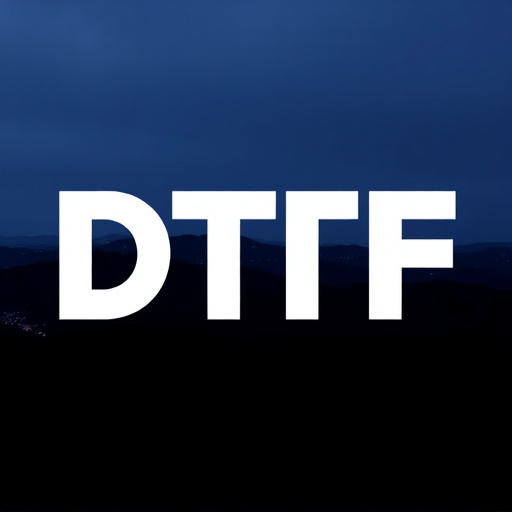
Direct to Film (DTF) technology is revolutionizing textile design with precise printing of intricate…….
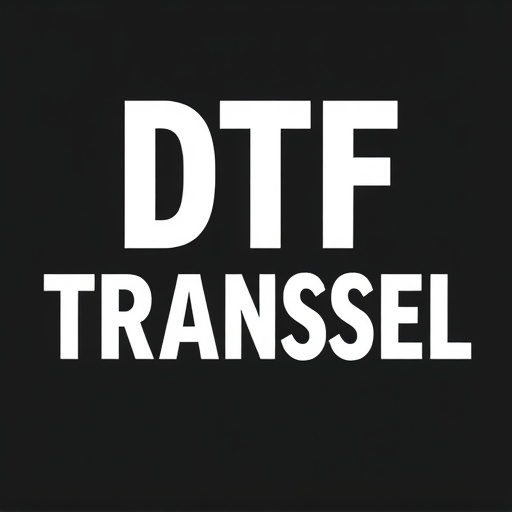
Direct-to-Fabric (DTF) printing is a game-changer in apparel customization, offering vibrant, durabl…….
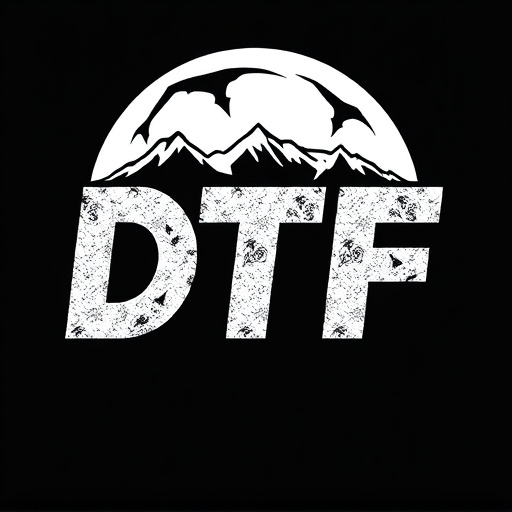
Direct to Fabric (DTF) transfers offer vibrant, intricate designs for modern garment printing. To pr…….
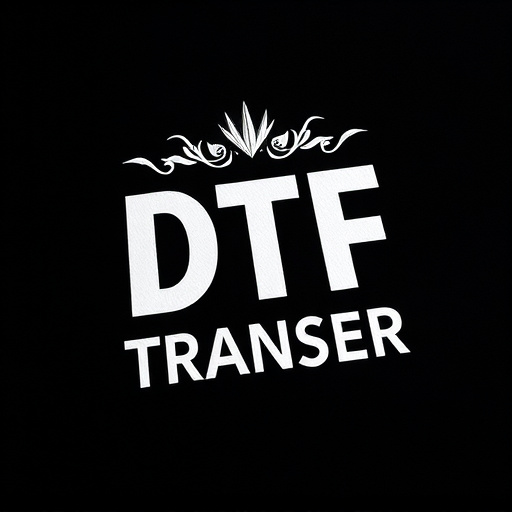
Caring for DTF Transfers involves gentle handling and specific washing/drying practices to preserve…….

DTF (Direct to Fabric) Printing is transforming the apparel industry with its advanced technology, o…….
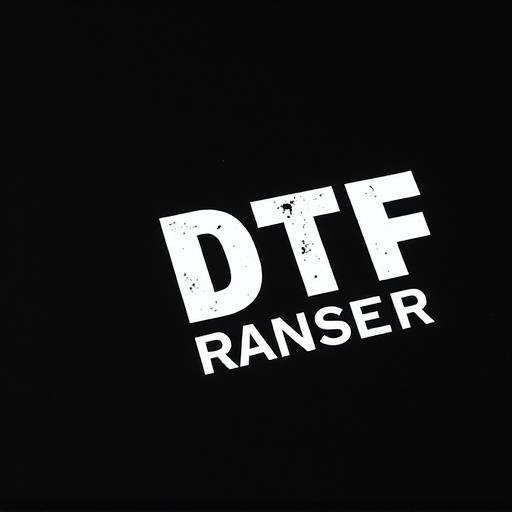
DTF Transfers (Direct-to-Film) offer high-quality, durable printing on apparel with vibrant designs…….

Direct-to-Garment (DTF) printing offers vibrant, artistic clothing designs that require special care…….
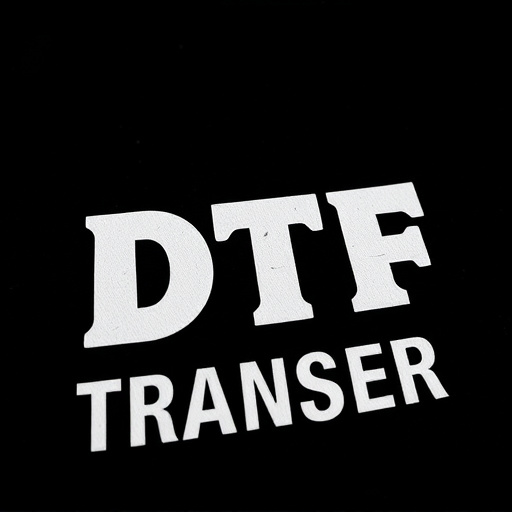
DTF (Direct-to-Film) printing is a cutting-edge technique revolutionizing garment production by allo…….
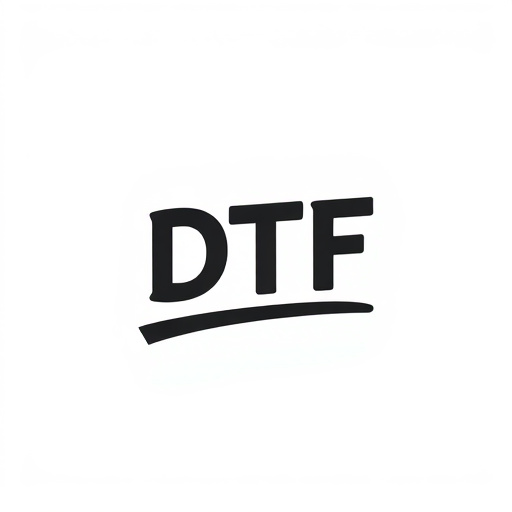
Proper care is crucial for maintaining the vibrancy and durability of garments with Direct-To-Fabric…….
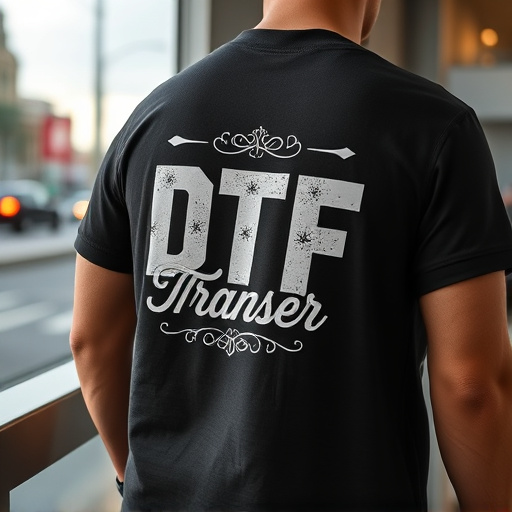
Proper care is crucial for maintaining the vibrancy and quality of DTF prints, with gentle washing,…….